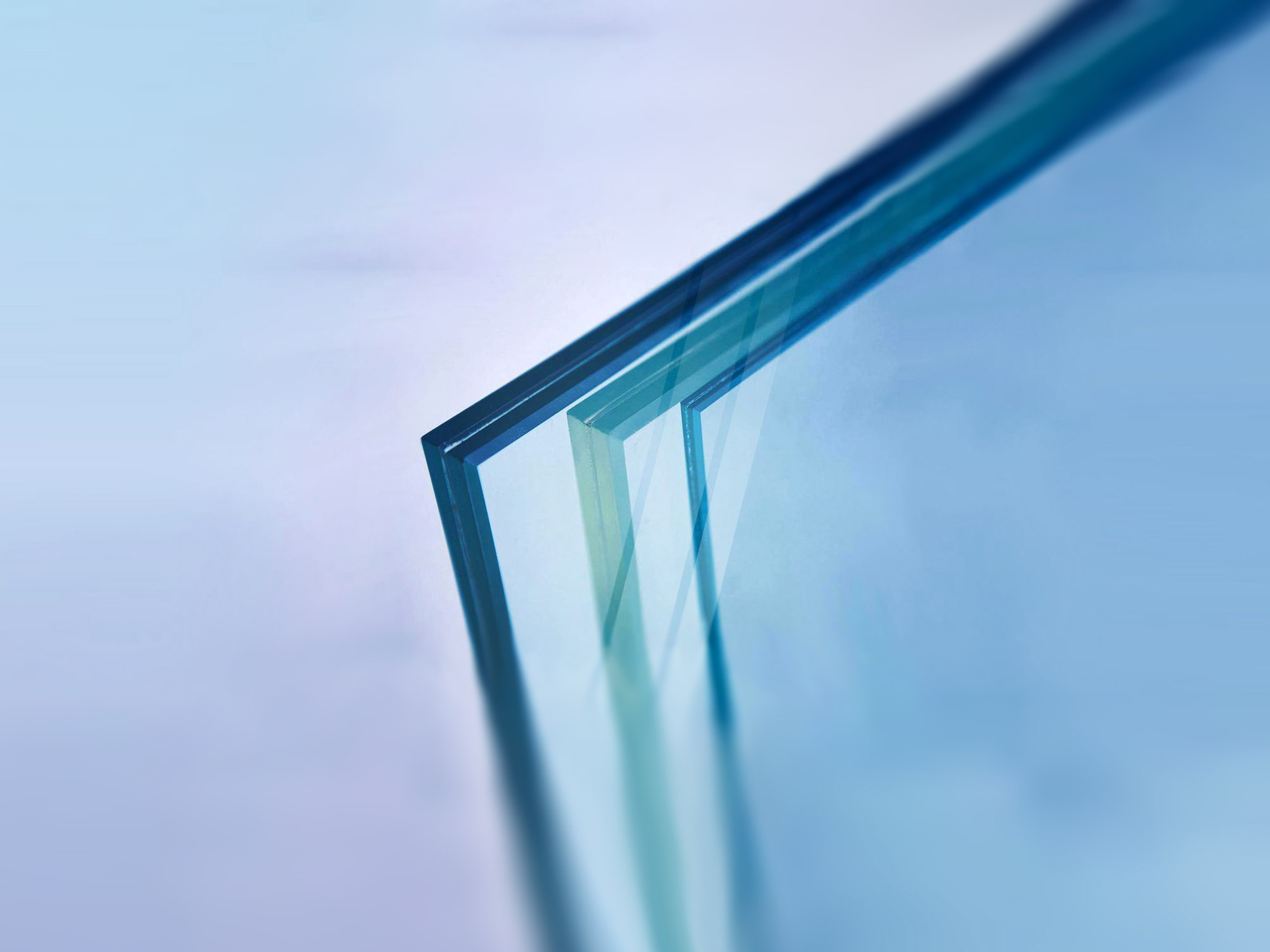

The Role and Benefits of Semi-Reflective Glass in Modern Architecture
In the realm of modern architecture and interior design, the selection of materials is crucial in creating spaces that are not only aesthetically pleasing but also functional. One such material that has gained significant popularity is semi-reflective glass. This innovative glazing solution embodies a perfect balance between transparency and reflectivity, allowing architects and designers to harness natural light while maintaining privacy and energy efficiency. In this article, we will explore the characteristics, advantages, and applications of semi-reflective glass in contemporary buildings.
Characteristics of Semi-Reflective Glass
Semi-reflective glass is a type of glazing that features a specialized coating, usually made of metallic oxides, which creates a reflective surface on one side while allowing some visibility through the other. The degree of reflectivity can vary, enabling a wide range of applications depending on the desired outcome. Unlike fully reflective glass, which can create a mirrored effect that obstructs views and natural light, semi-reflective glass provides a softer, more translucent appearance.
The unique characteristics of semi-reflective glass make it an ideal choice for a variety of building types. It is available in various tints and thicknesses, allowing architects to customize the glass to fit the specific needs of a project. Furthermore, it can be treated for additional properties, such as UV resistance and thermal insulation, enhancing its overall performance in diverse environments.
Benefits of Semi-Reflective Glass
1. Enhanced Energy Efficiency One of the primary benefits of semi-reflective glass is its ability to reduce energy consumption within buildings. The reflective coating minimizes solar heat gain, which can significantly lower cooling costs in warm climates. This feature makes it an environmentally friendly option by reducing the reliance on artificial cooling systems.
2. Privacy Without Compromise In urban environments where buildings are closely spaced, maintaining privacy is often a challenge. Semi-reflective glass provides an effective solution by reflecting the views from the outside while still allowing occupants to see out. This characteristic is particularly beneficial for offices, residential buildings, and commercial spaces that require a balance between natural light and privacy.

3. Aesthetic Appeal Semi-reflective glass offers a sleek and modern appearance, contributing to the overall aesthetic of a building. Its ability to reflect light creates visually striking façades that can change with the time of day and surrounding environment. This dynamic quality can enhance the architectural design and appeal of a structure, making it a popular choice for contemporary buildings.
4. Natural Light Utilization Natural light has been proven to positively impact mood, productivity, and overall well-being. Semi-reflective glass allows ample daylight to infiltrate interiors without the harsh glare typically associated with fully transparent or fully reflective glass. This balance creates a comfortable and inviting atmosphere, essential for both residential and commercial spaces.
5. Versatility in Design The flexibility in the application of semi-reflective glass is another attractive aspect. It can be used in various architectural elements, including windows, curtain walls, skylights, and doors. Its adaptability makes it suitable for a wide range of designs, from minimalist to elaborate structures.
Applications of Semi-Reflective Glass
Semi-reflective glass is utilized in various sectors, including commercial, residential, and institutional buildings. In commercial settings, it is often found in office buildings, shopping centers, and airports where maximizing natural light and energy efficiency is paramount. Residentially, it is sought after for high-rise apartments and houses that prioritize privacy while still offering beautiful views.
Moreover, semi-reflective glass is increasingly popular in green building projects, contributing to LEED certification and other sustainability standards. Its energy-saving properties align with the growing trend towards eco-friendly design, making it a preferred choice for architects committed to sustainability.
Conclusion
In conclusion, semi-reflective glass offers a multitude of benefits that make it an invaluable asset in modern architecture. Its unique properties enhance energy efficiency, maintain privacy, and elevate aesthetic appeal, all while allowing for the effective utilization of natural light. As the demand for sustainable and flexible building materials continues to grow, semi-reflective glass stands out as a compelling option for architects and designers aiming to push the boundaries of contemporary design while prioritizing functionality and environmental responsibility. Whether in commercial towers or residential homes, this innovative glazing solution is undoubtedly shaping the future of architectural design.